Leave your e-mail address and listen to news about us

TIMELESS WATCHMAKING
Checkout using your account
Checkout as a new customer
Creating an account has many benefits:
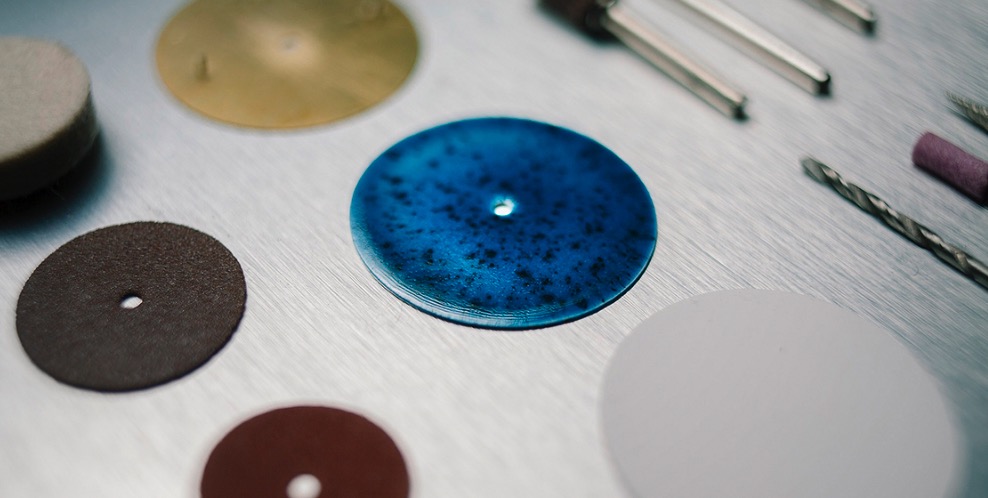

A number of technical challenges had to be overcome in developing an appropriate method of producing wafer-thin porcelain. Porcelain dials appear delicate, but they are much harder than ordinary ceramics thanks to the use of English porcelain with the addition of bone meal – a recipe that dates back to the 18th century.
Our new series of watches with porcelain dials were created in cooperation with designer and craftsman Bartek Mejor, a graduate of the Ceramics and Glass Faculty of the Royal College of Art in London.
The process begins with casting a thin layer of liquid porcelain in a special plaster mold.
Then, while the material is still soft, discs of the desired diameter are cut by hand.
After drying, the dials are hardened in a ceramic oven at a temperature above 1,200°C. Being exposed to such high temperatures makes the porcelain very white and hard.
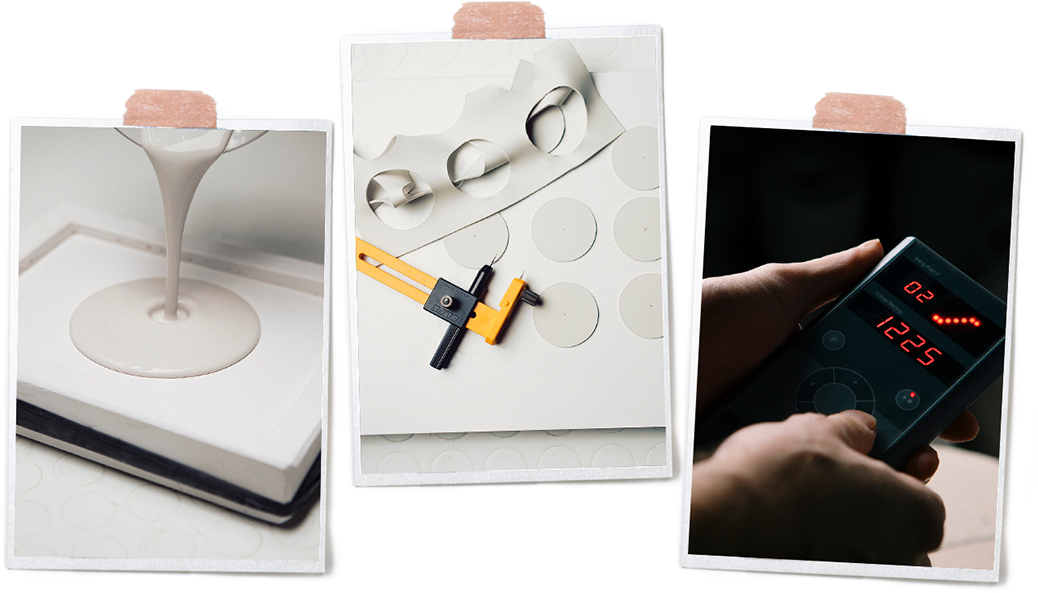

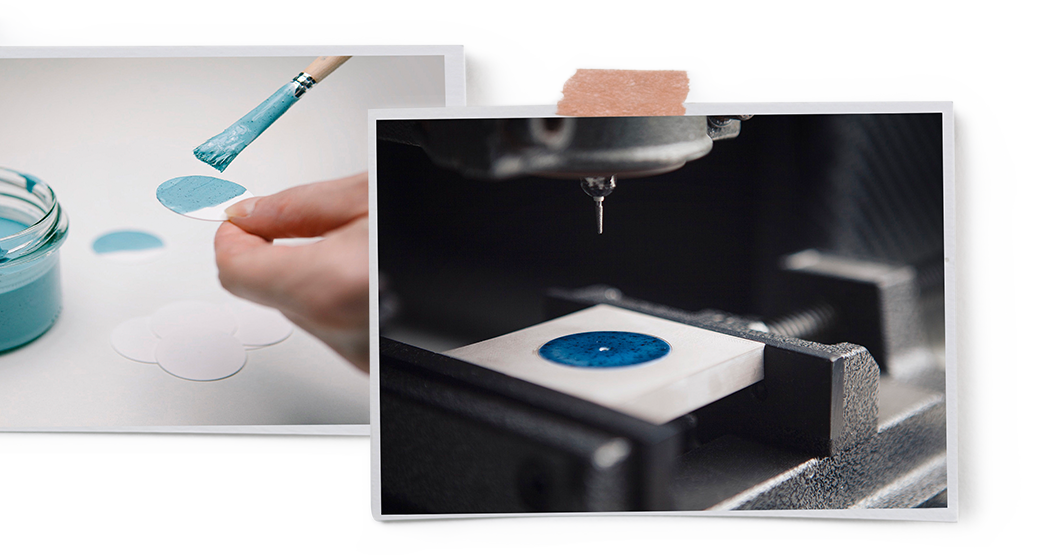

Next, the dials are painted by hand with ceramic glazes and additional mineral pigments. During a second firing in the furnace, the glaze layer fuses with the porcelain. The glaze acquires depth and gloss and the pigments it contains give each dial a unique pattern.
After the glaze is hardened, a diamond drill is used to make a hole in the center of the dial where the watch hands will be mounted.
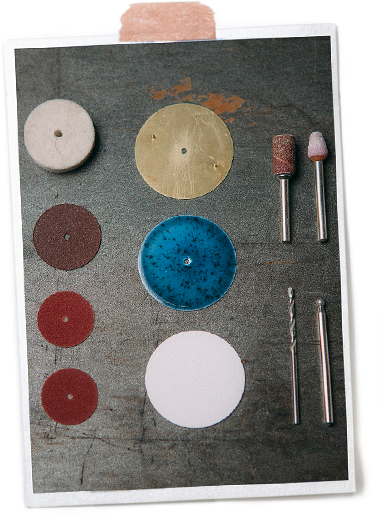

In the last stage of the process, the finished dials are sanded down by hand to a thickness of less than 1 millimeter and placed on metal supports that will be mounted in the watch case.
Mistakes could happen at any stage as porcelain is a capricious material that is prone to breakage and deformation at high temperatures.
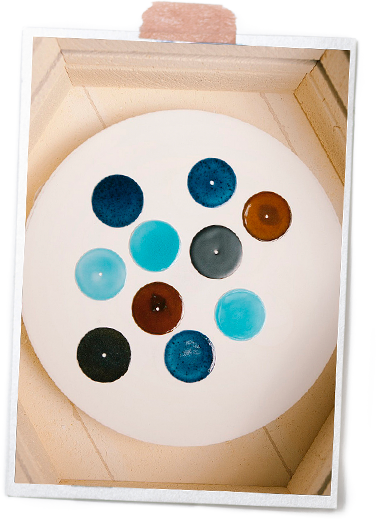

What is the difference between an enamel dial and one made of porcelain? An enameled dial is powdered glass applied to a metal base (usually copper) and fused at a temperature of about 800°C. Repeated firings can result in the dial acquiring depth and color. In the case of a porcelain dial, colored mineral pigments are applied to a hardened white porcelain base and fused at a temperature above 1,200°C. Ceramic glazes offer a wider range of colors and visual effects.
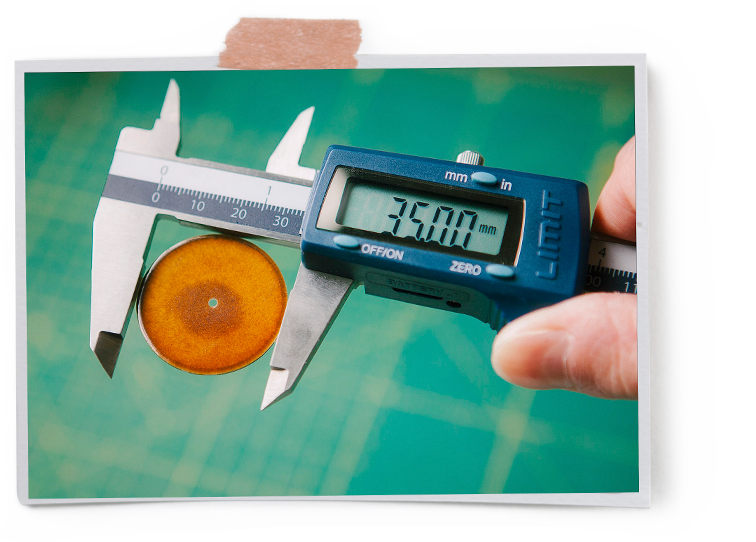

BARTEK MEJOR STUDIED AT THE BATH SCHOOL OF ART AND DESIGN AND IS A GRADUATE OF ROYAL COLLEGE OF ART IN LONDON. AS A DESIGNER, BARTEK WORKS WITH ONE OF THE WORLD’S LEADING PORCELAIN AND CRYSTAL MANUFACTURERS, THE PORTUGUESE BRAND VISTA ALEGRE, AND HAS ALSO WORKED AS A CONSULTANT FOR PRODUCERS SUCH AS WEDGWOOD AND ROYAL DOULTON. MEJOR'S NEW COLLECTIONS ARE REGULARLY SHOWCASED AT WORLD FAIRS (AMBIENTE, MAISON&OBJET, EQUIP'HOTEL) AND HAVE ALSO BEEN DISPLAYED AT THE PUSHKIN STATE MUSEUM OF FINE ARTS AND EXHIBITIONS IN LONDON, MILAN AND HONG KONG. BARTEK RUNS THE CERAMIC DESIGN LABORATORY AT THE FACULTY OF DESIGN OF THE ACADEMY OF FINE ARTS IN WARSAW. MEJOR WAS NAMED YOUNG DESIGNER OF THE YEAR 2015 AT THE POLISH EDITION OF THE ELLE DECORATION AWARDS. HE IS ALSO A THREE-TIME LAUREATE OF THE MUST-HAVE AWARDS FOR THE BEST-DESIGNED POLISH PRODUCTS.